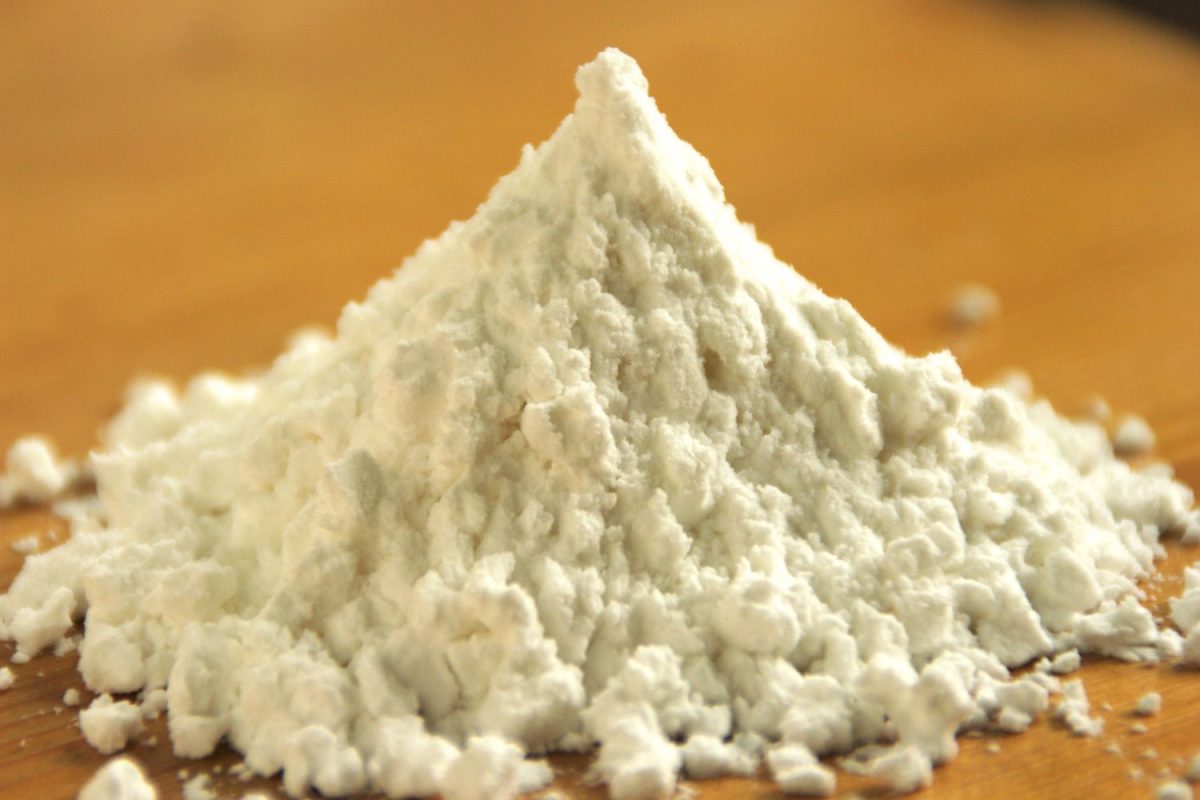#PotatoStarchMarket #VeganTrends #HealthConsciousness #ProcessedMeatIndustry #PaperIndustry #ChemicalIndustry #ProductInnovation #SustainablePractices
The global potato starch market is poised for significant growth, projected to reach 4.8 million tons by 2028. A recent study by IMARC Group reveals that the market, which stood at 4.1 million tons in 2022, is expected to grow at a compound annual growth rate (CAGR) of 2.66% during the period from 2023 to 2028. This article explores the key drivers behind this growth, including the expanding vegan and health-conscious population, the availability of raw materials, and the increasing application of potato starch in the processed meat, paper, and chemical industries. Additionally, it highlights the strategies adopted by major market players to tap into this growing market.
The rising adoption of plant-based diets and the increasing emphasis on health and wellness have led to a surge in demand for potato starch worldwide. As consumers seek alternative ingredients that are vegan-friendly, gluten-free, and non-allergenic, potato starch has emerged as a versatile solution in various food products. It offers excellent thickening and binding properties, making it a sought-after ingredient in the processed meat industry. Bologna, frankfurters, hamburgers, and meatloaves are among the products benefitting from the functional properties of potato starch.
Furthermore, the paper and chemical industries have recognized the adhesive and solubility capabilities of potato starch, driving its use in a wide range of applications. The easy availability of potato starch in online retail outlets has further contributed to its market growth, as it allows convenient access for consumers and manufacturers alike.
To capitalize on the expanding market opportunities, major players in the potato starch industry are focusing on innovation and product diversification. They are introducing new product variations that cater to specific consumer needs, such as specialized enzymes and organic materials. By doing so, these companies aim to attract a wider consumer base and establish a competitive edge in the market.
The consequences of this development are multi-fold. Firstly, the growth of the potato starch market presents opportunities for potato farmers and processing companies, as the demand for raw materials is expected to increase. This, in turn, can have a positive impact on the agricultural sector and contribute to economic growth in potato-producing regions.
Additionally, the expansion of the potato starch market aligns with sustainability goals and environmental concerns. Potato starch is a renewable resource that can replace synthetic alternatives in various industries. By promoting its use, the market supports the shift towards more sustainable and eco-friendly practices.
Overall, the global potato starch market is poised for growth in the coming years, driven by the rising demand from the expanding vegan and health-conscious populace. The availability of raw materials, coupled with its diverse applications in the processed meat, paper, and chemical industries, further propels the market’s expansion. As major market players introduce innovative products and capitalize on consumer preferences, the potato starch market is expected to witness sustained growth and contribute to various sectors of the economy.
